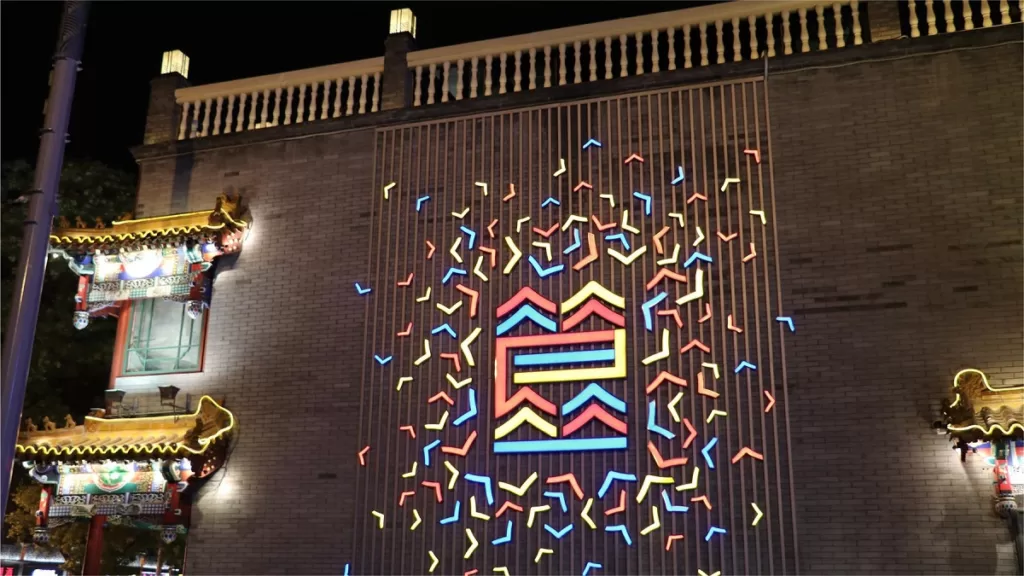Ghost Street, also known as Gui Jie or Guijie (簋街), is a famous culinary street in Beijing, China. Renowned for its vibrant nightlife and diverse range of food options, Ghost Street has a fascinating history that spans several centuries. Let’s dive into the detailed history of this iconic street.
Origins: Ghost Street traces its origins back to the Ming Dynasty (1368-1644). During this period, the street was known as Dongzhimen Neidajie, which served as one of the main arteries leading to the imperial city. It gained the name Gui Jie, meaning “Ghost Street,” due to its bustling night market and the belief that spirits were attracted to the bright lights and lively atmosphere.
Expansion and Development: During the Qing Dynasty (1644-1912), Ghost Street began to flourish as a commercial hub. It attracted merchants, travelers, and locals looking for a vibrant evening experience. Numerous restaurants, tea houses, and food stalls were established along the street, offering a wide variety of regional and international cuisines.
Transformation and Renovation: In the early 20th century, Ghost Street underwent significant changes. The street was widened, and its infrastructure was improved to accommodate a growing number of visitors. Traditional courtyard-style buildings were constructed, creating an architectural aesthetic that still characterizes the street today.
The Cultural Revolution Impact: During the tumultuous years of the Cultural Revolution (1966-1976), many businesses on Ghost Street were forced to shut down temporarily. The street lost some of its former glory as the government implemented strict regulations on commerce and public gatherings. However, after the end of the Cultural Revolution, Ghost Street experienced a resurgence as economic reforms swept across China.
Modern Revival: In the 1990s, Ghost Street saw a resurgence in popularity. With China’s rapid economic growth and the rise of domestic tourism, Beijing’s culinary scene became a focal point for both locals and international visitors. Ghost Street became a symbol of this culinary renaissance, offering a wide array of traditional and modern dishes from various regions of China.
Culinary Delights: Today, Ghost Street is known for its diverse food offerings, ranging from traditional Beijing cuisine, such as Peking duck and hot pot, to spicy Sichuan dishes, Cantonese dim sum, seafood, and more. Many of the restaurants on Ghost Street have been operating for generations, handing down their secret recipes from one generation to the next.
Nightlife and Atmosphere: In addition to its culinary delights, Ghost Street also offers a vibrant nightlife experience. The street comes alive with colorful lanterns, neon lights, and bustling crowds, particularly during the evening hours. Visitors can stroll along the pedestrianized street, enjoying the lively ambiance and sampling a wide variety of snacks and delicacies.
Ghost Street in Beijing holds a unique place in the city’s history and culture. It represents the evolution of Beijing’s culinary scene over the centuries and continues to be a beloved destination for locals and tourists alike, offering a glimpse into the diverse flavors of China.


